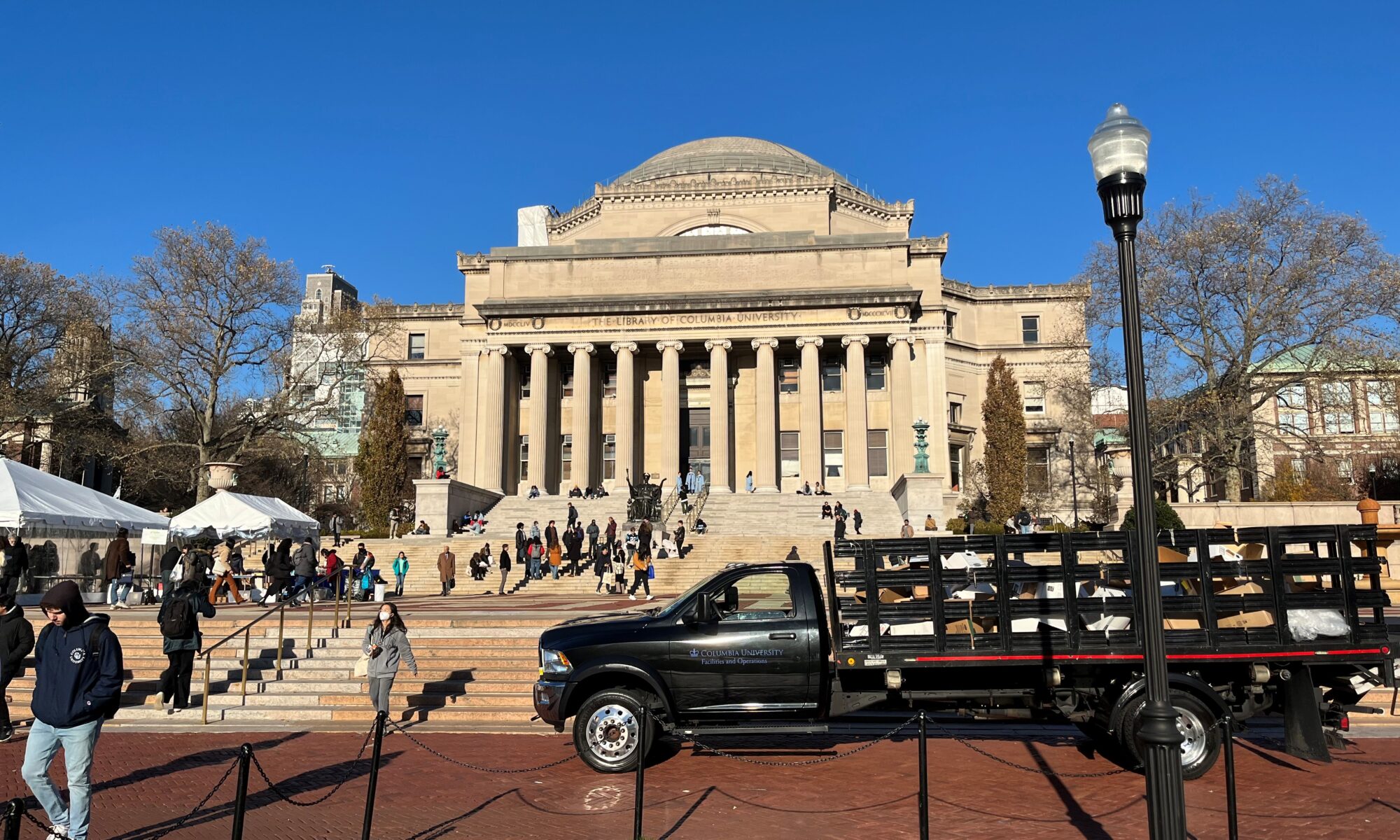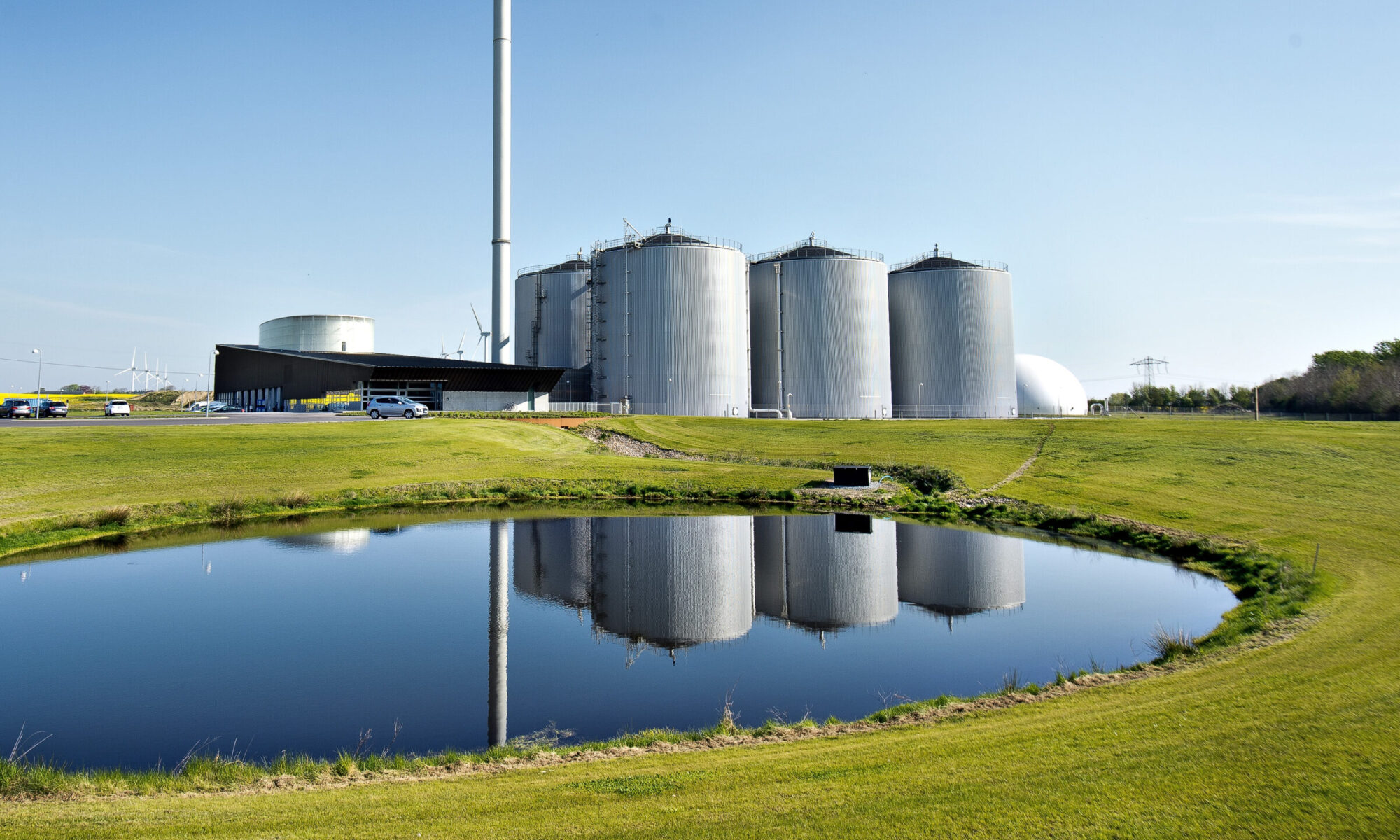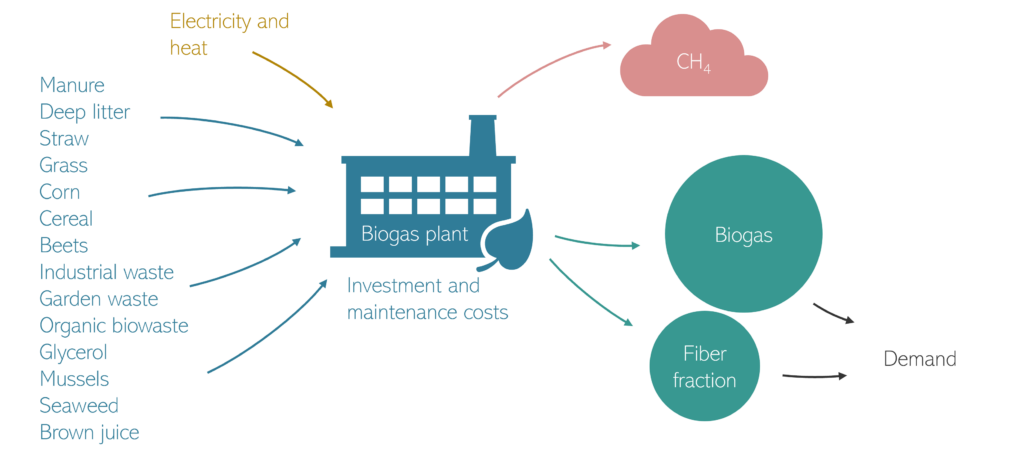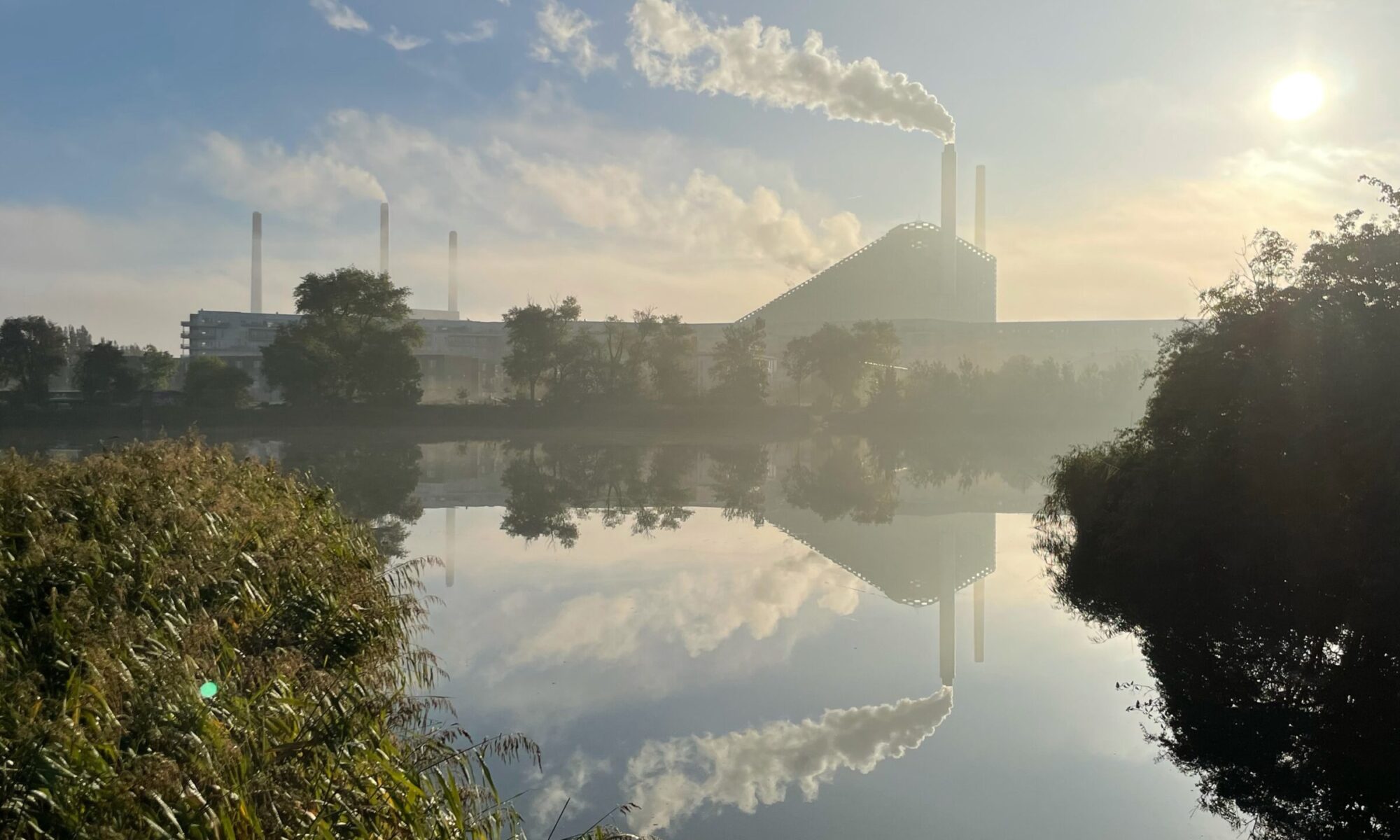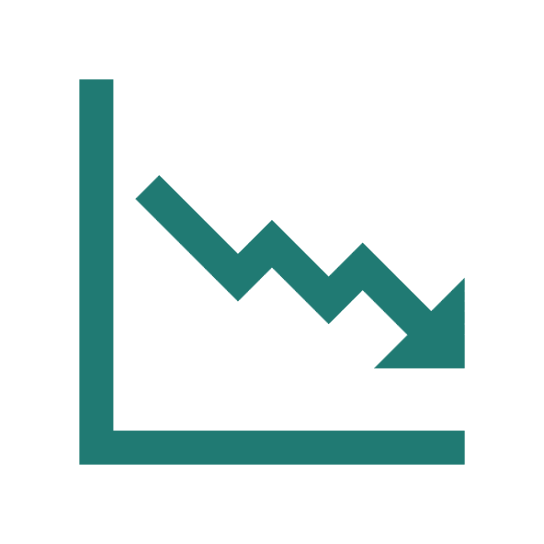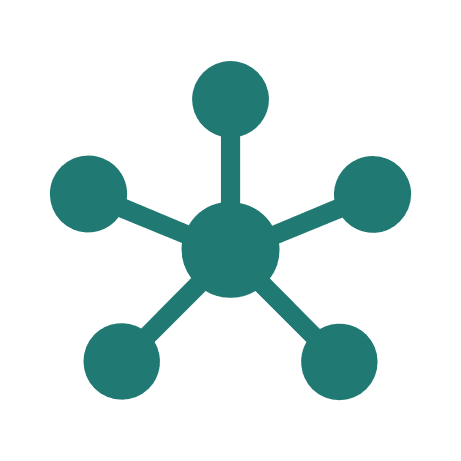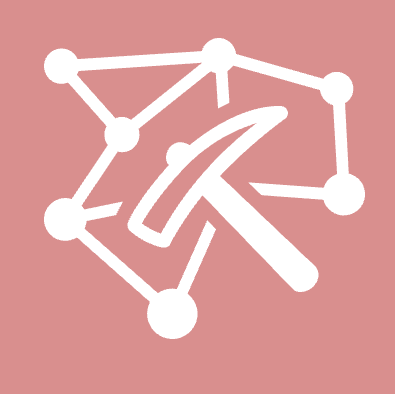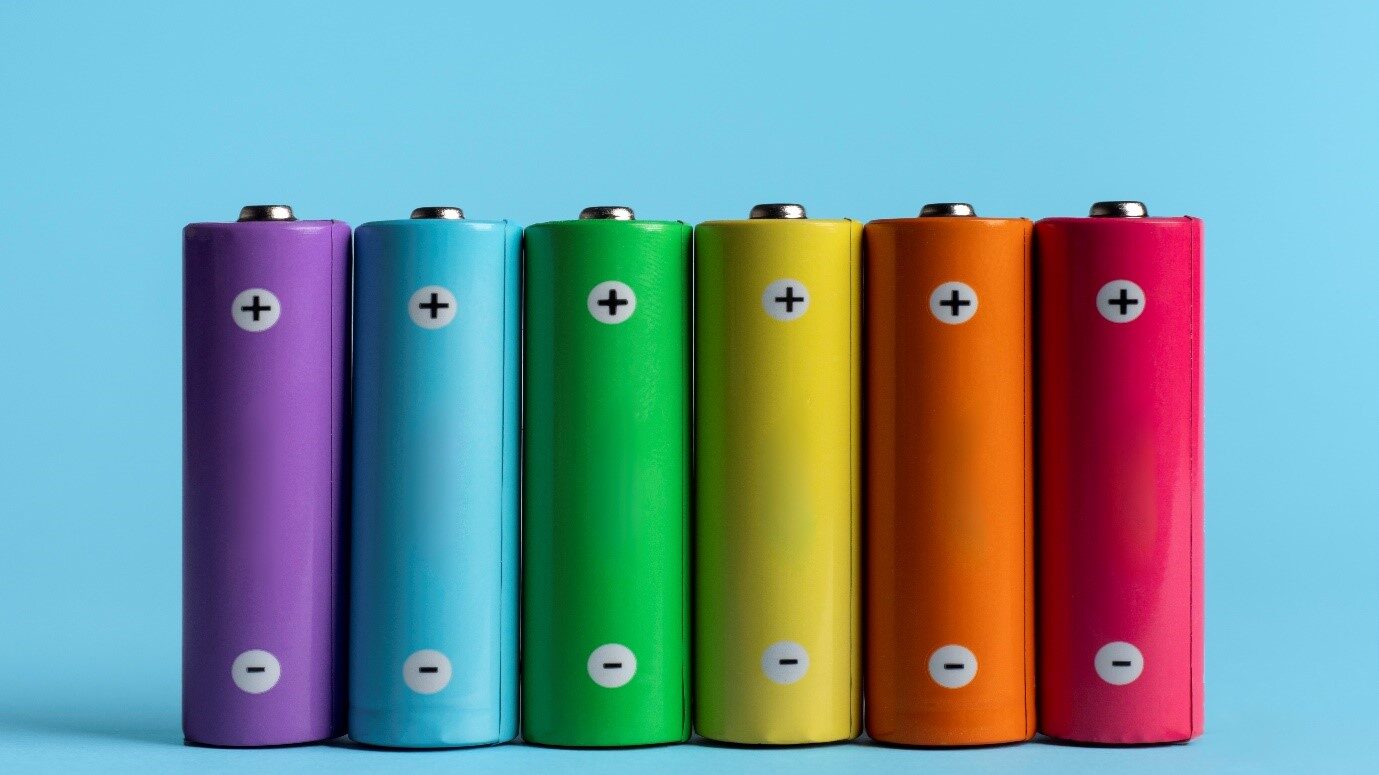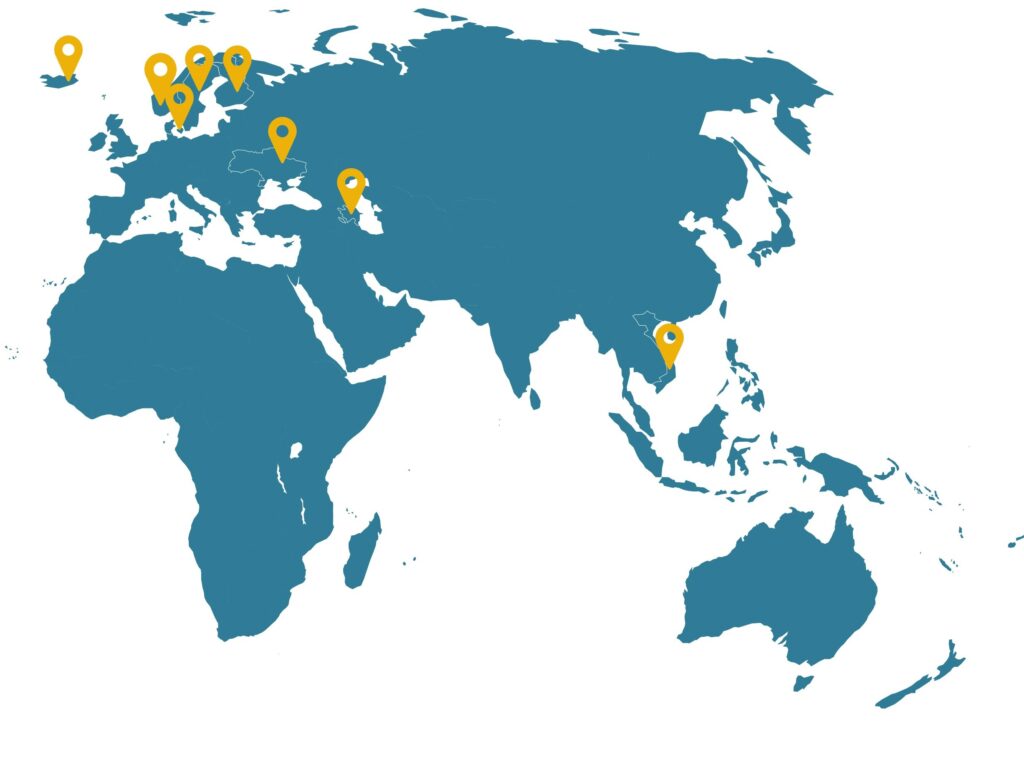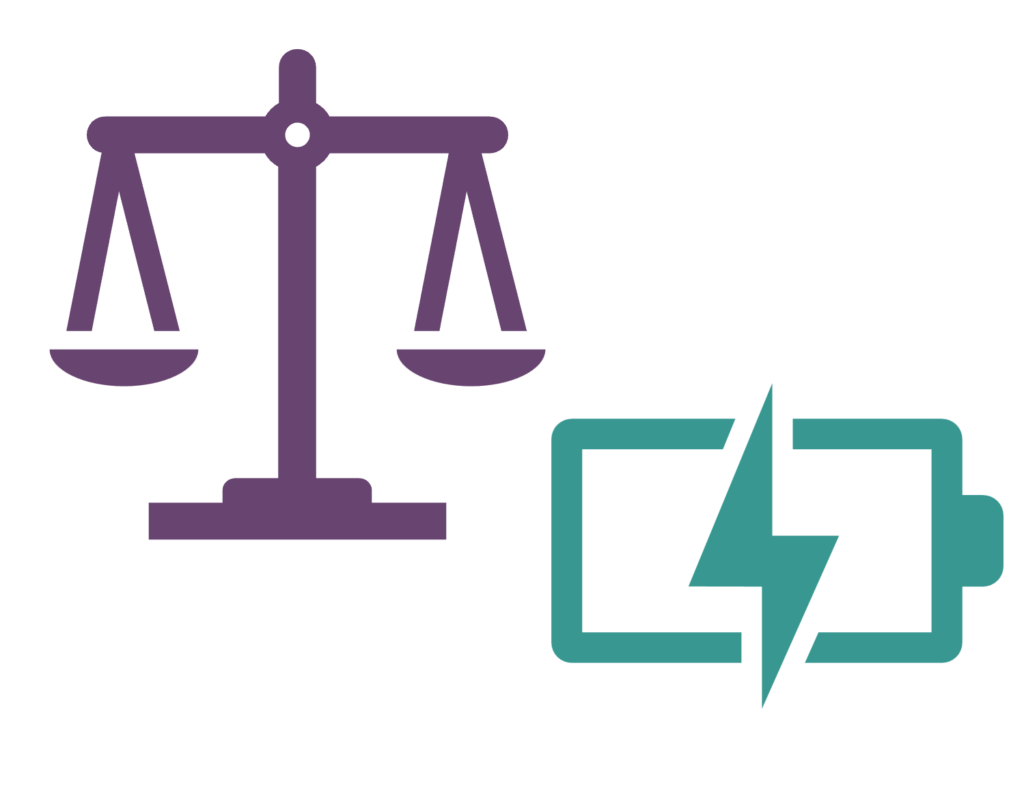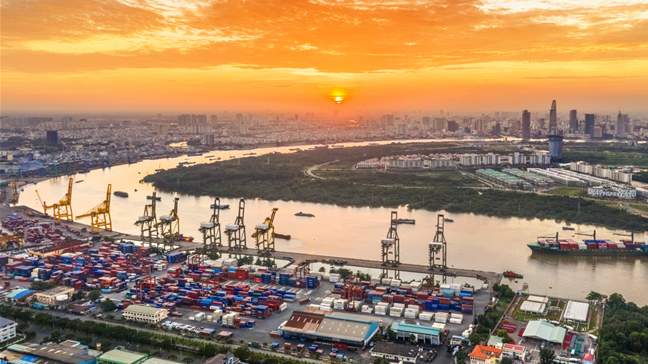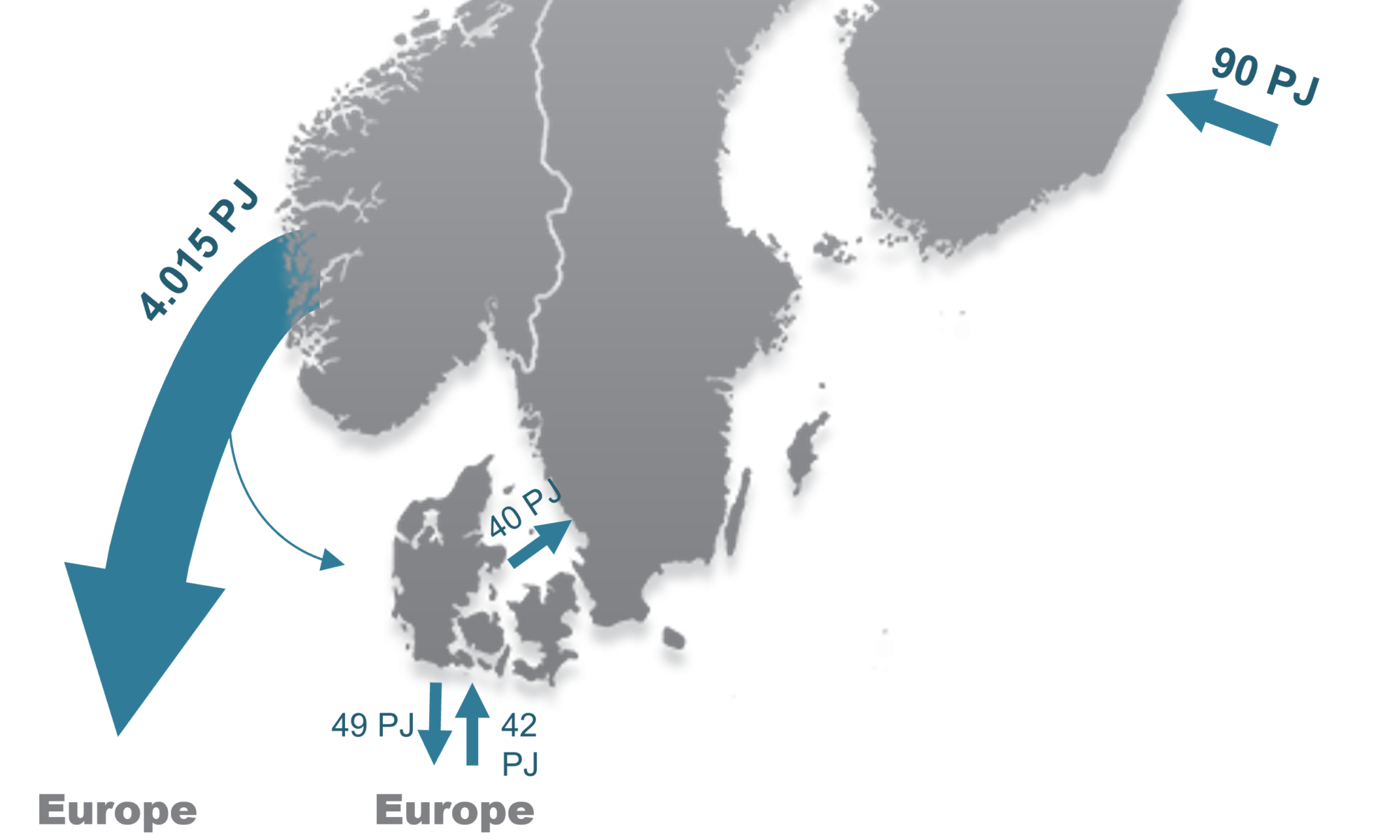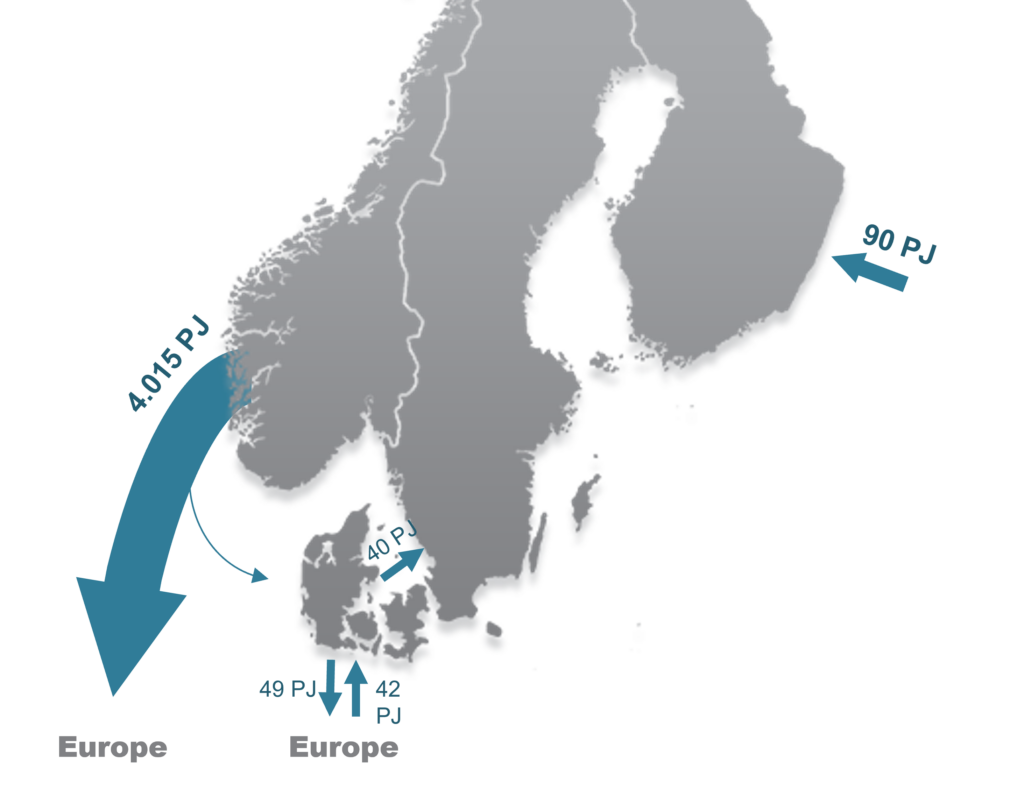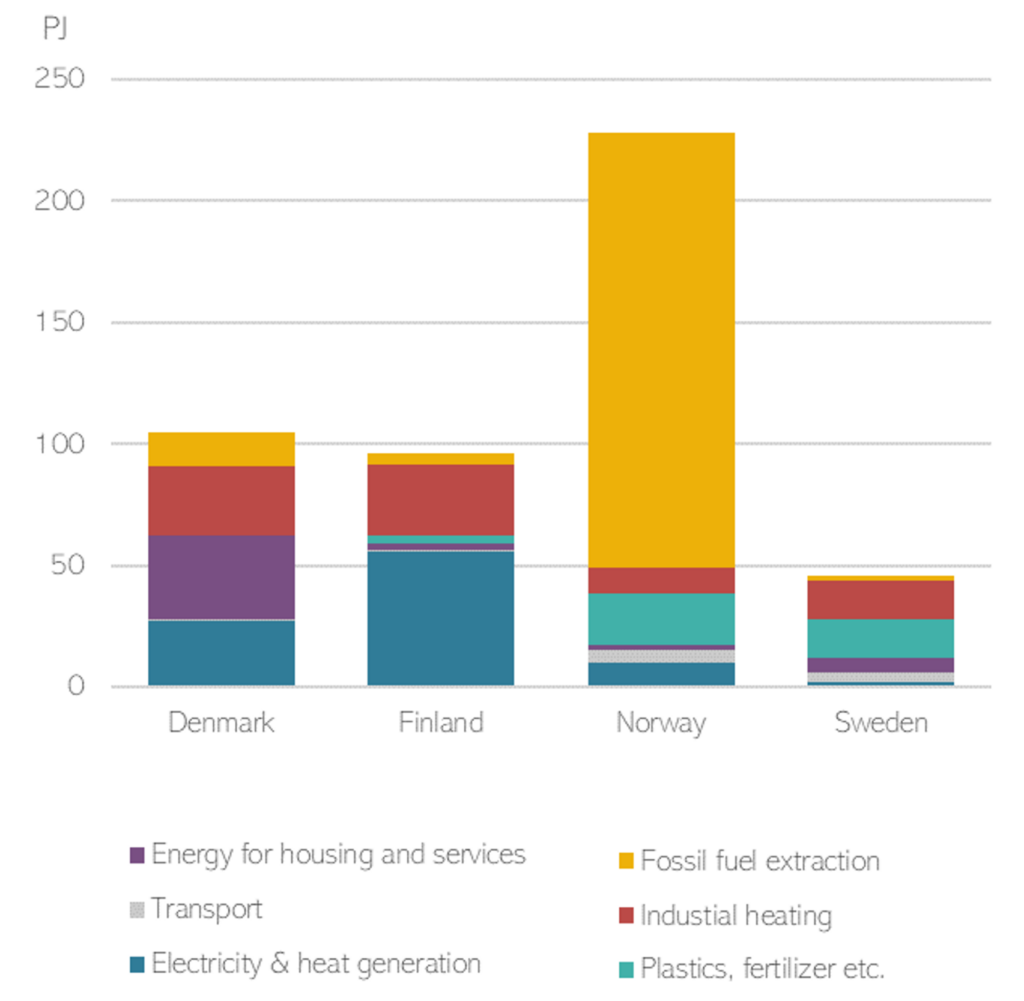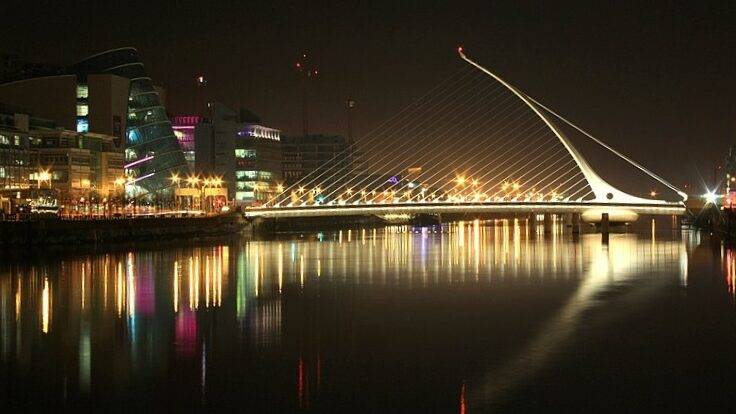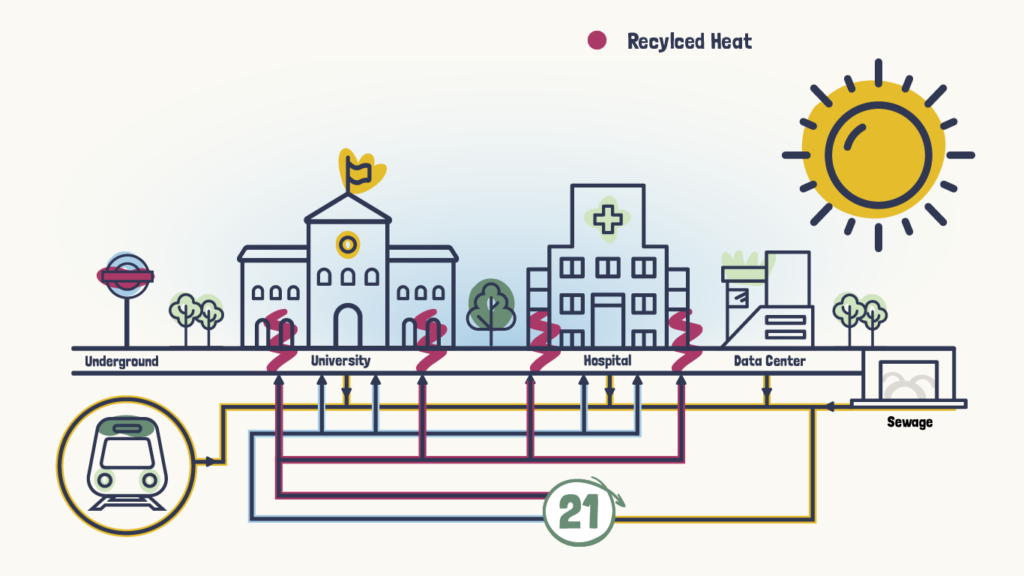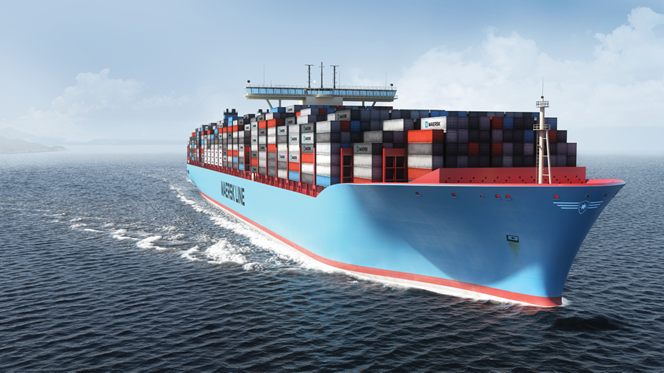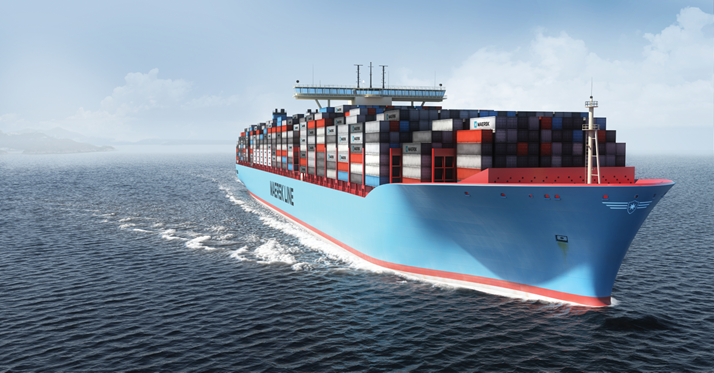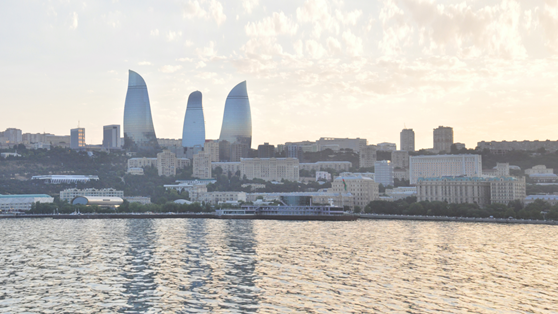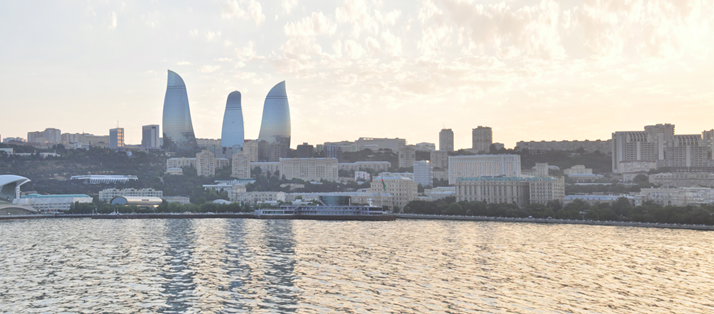During the past half year we have developed new features for the TIMES model framework, dived into PtX and biogas, and begun the development of a new clean model structure.
Inspired by community
The ETSAP meetup for TIMES-modellers in New York was a great inspiration. During the conference we learn of a UN-database that contains data for all countries of the world. So our new dream is to use the database to automate the model creation and build TIMES-models for all countries in the world.
Read more about the vision in the full newsletter below.
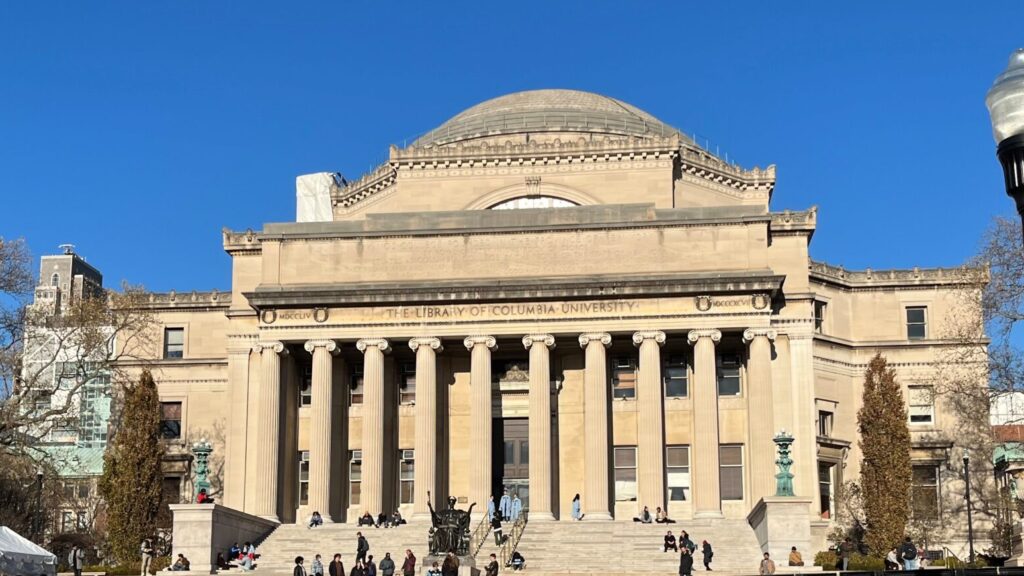
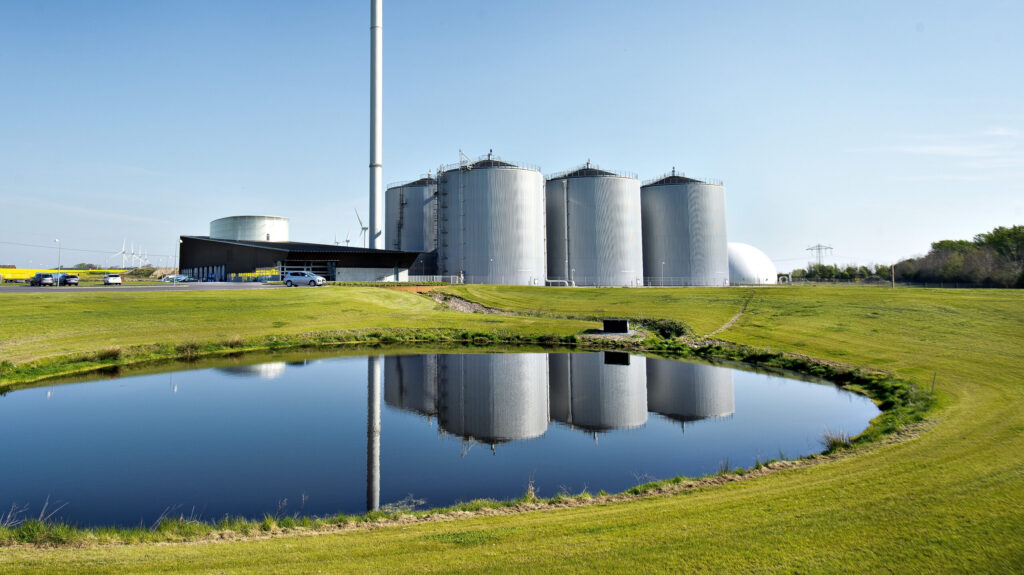
New biogas-module
Biogas will play an increasing role in the Danish energy system. Therefore we have developed a new biogas module for the Danish Energy Agency, to ensure a detailed representation of biogas in their future mode work.
Read more about the new biogas module right here.
flows of ptx-fules
To analyse the demand and supply of green hydrogen and other synthetic fuels, we have developed a new model of Northern Europe.
The model is a combined TIMES-model that includes Denmark, Sweden, Norway, Germany, and Poland. The model also includes external trade-links to UK, Belgium, and the Netherlands.
We hope to publish some results from the analysis soon.
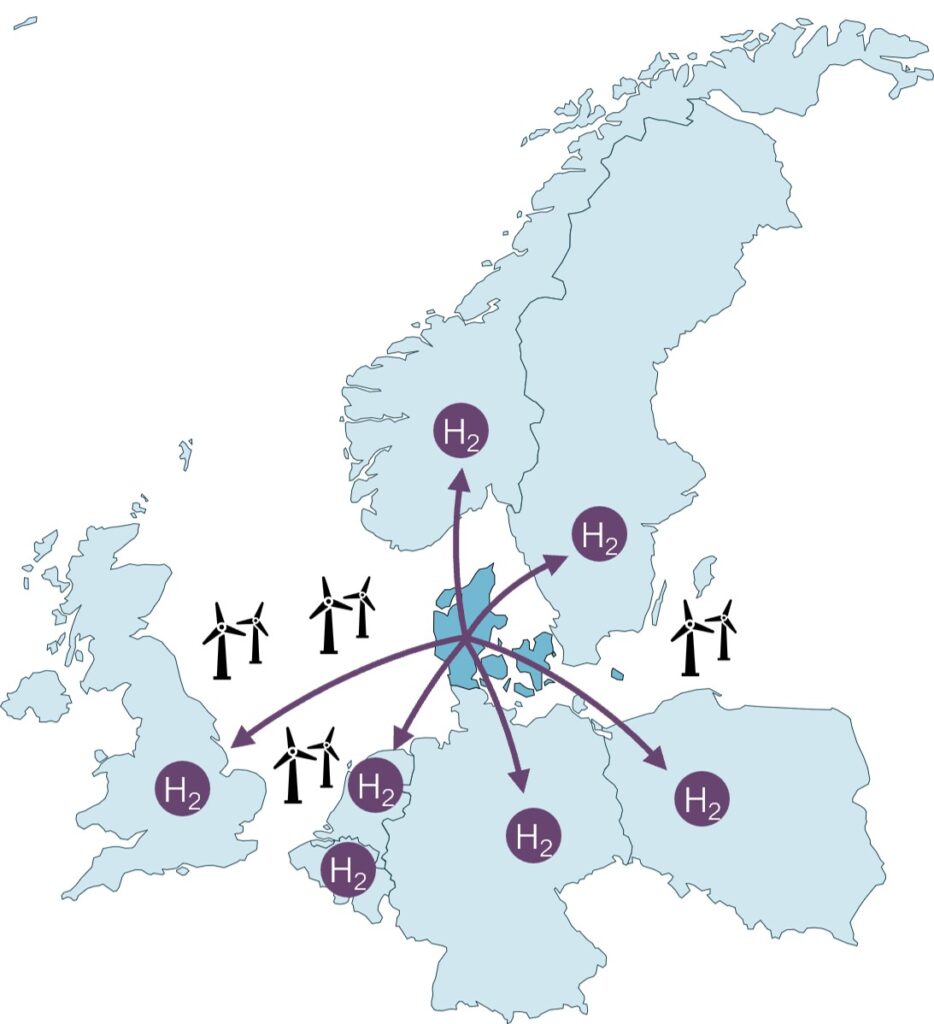
If you want to read the full newsletter, you can find it here:

